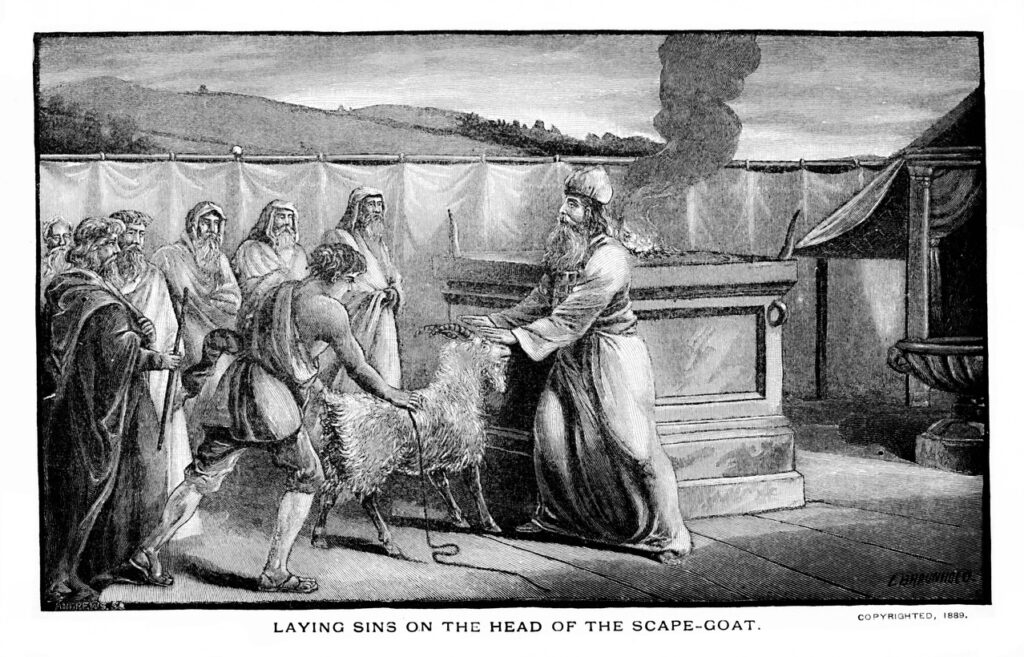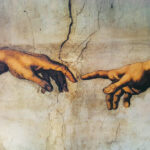The Day of Atonement: Covering Sin and Removing Satan
The Day of Atonement is one of God’s most solemn festivals. Unlike the other annual Sabbaths, it is not a feast of abundance but a day of fasting, prayer, and deep reflection. Yet behind its soberness lies one of the most profound truths in God’s plan of salvation: humanity cannot be reconciled to God without both the covering of sin through Christ’s sacrifice and the removal of Satan, the great deceiver.
To grasp the full meaning of Atonement on a global scale, it helps to first understand it personally. What do we experience in our own atonement with God? And how does that picture expand to embrace the entire world?
Personal Atonement: Christ Our Advocate
The apostle John begins with the reality that all human beings sin. “If we say that we have no sin, we deceive ourselves, and the truth is not in us” (1 John 1:8). Sin carries a penalty – death (Romans 6:23) – which can be described as the outpouring of God’s wrath against disobedience. Left on our own, we would stand condemned.
But John continues with hope: “If anyone sins, we have an Advocate with the Father, Jesus Christ the righteous. And He Himself is the propitiation for our sins, and not for ours only but also for the whole world” (1 John 2:1–2).
Christ serves as our Advocate – our intercessor. His blood is the propitiation, the gift that turns away wrath. By offering His life, He satisfied the penalty of sin and opened the way for reconciliation with the Father.
The apostle Paul explained this in Romans 3:25, saying God “set forth [Jesus] as a propitiation by His blood, through faith.” This propitiation is more than atonement in the general sense; it carries the nuance of a gift offered to pacify God’s wrath. Because of this, our sins are not merely covered – they are passed over. God’s wrath is turned away, and we are brought into a reconciled relationship with Him.
The Mercy Seat and the Covering of Sin
The idea of covering is embedded in the biblical word for atonement. The Old Testament imagery of the “mercy seat” provides a vivid picture. In Numbers 16, when God’s wrath broke out against Israel after their rebellion, Moses instructed Aaron to quickly take a censer with incense and make atonement for the people: “And he stood between the dead and the living; so the plague was stopped” (verses 46–48).
Here, atonement meant a covering that turned away wrath and preserved life. In the tabernacle, the mercy seat sat above the ark of the covenant, symbolizing God’s throne. Blood was sprinkled there on the Day of Atonement to cover the sins of the people. In Christ, that symbolism is fulfilled. He Himself is our covering – the true mercy seat – through His sacrifice.
Christ Our High Priest

Unlike Israel’s priests, who continually offered sacrifices year after year, Christ gave one perfect sacrifice and then “sat down at the right hand of God” (Hebrews 10:12). Hebrews explains that He entered the true Holy of Holies in heaven to appear before God on our behalf (Hebrews 9:24).
As our High Priest, He “always lives to make intercession” for us (Hebrews 7:25). His priesthood is ongoing, meaning our reconciliation is not a one-time event but a continual reality. Every time we stumble, every time we need forgiveness, Christ intercedes. That is the comfort of atonement on a personal level.
Christ’s Example Against Satan
But atonement is not only about forgiveness. It also involves separation from sin and the one who instigates it. Jesus’ life demonstrated this separation perfectly. When tempted by Satan in the wilderness, Christ – filled with the Holy Spirit – resisted every enticement (Luke 4:1–13). He showed that with God’s Spirit, Satan’s influence can be resisted.
For believers, this is encouraging. We are called to guard against the wicked one (1 John 5:18) and follow Christ’s example of overcoming. His sacrifice reconciles us to the Father, while His Spirit empowers us to live free from Satan’s grip.
The Global Picture: Removing Satan
While Christians experience atonement now, the Day of Atonement also points forward to a time when reconciliation will extend to the entire world. At present, “the whole world lies under the sway of the wicked one” (1 John 5:19). Sin dominates, deception blinds, and God’s wrath builds against humanity’s rebellion.
But that sway will not last forever. Revelation 20 describes the coming time when Satan will be bound for a thousand years, unable to deceive the nations. Only then can true atonement – the reconciliation of all humanity with God – take place. The world cannot be at one with God while under the dominion of the adversary.
The Scapegoat Ceremony

This is why the ceremonies of Leviticus 16 are so vital to the meaning of the day. Two goats were selected: one for the Lord and one for Azazel, commonly understood as a reference to Satan. The goat for the Lord was sacrificed, its blood covering the people’s sins. The live goat was led away into the wilderness, symbolizing the removal of sin’s author.
Together, the goats teach us that reconciliation requires two things: the covering of sin through Christ’s sacrifice and the removal of Satan’s influence. Without both, humanity could never be fully reconciled to God.
From Personal to Global Reconciliation
Today, the Church experiences a foretaste of this reality. Through Christ’s sacrifice, we are reconciled to the Father and empowered to resist Satan. But the Day of Atonement looks forward to the time when this blessing will be offered to all people, when God’s wrath will be removed and His mercy extended worldwide.
Until then, fasting on this holy day reminds us of our dependence on God. It humbles us, turning our hearts to Christ, who stands between the dead and the living as our Advocate, and pointing our hope toward the coming Kingdom when Satan will be gone, and the world will finally know at-one-ment with God.
Conclusion
The Day of Atonement teaches two great truths: our sins must be covered, and Satan must be removed. Christ, our High Priest, has already accomplished the first on our behalf, granting us reconciliation with the Father. In time, He will also complete the second by removing the deceiver who holds the world in bondage.
This day is not only about fasting or affliction – it is about hope. It reminds us that God’s wrath is not His final word. His plan is reconciliation, mercy, and unity. Through Atonement, we glimpse the day when sin and deception will be no more, and all humanity will be brought into the peace of at-one-ment with God.


